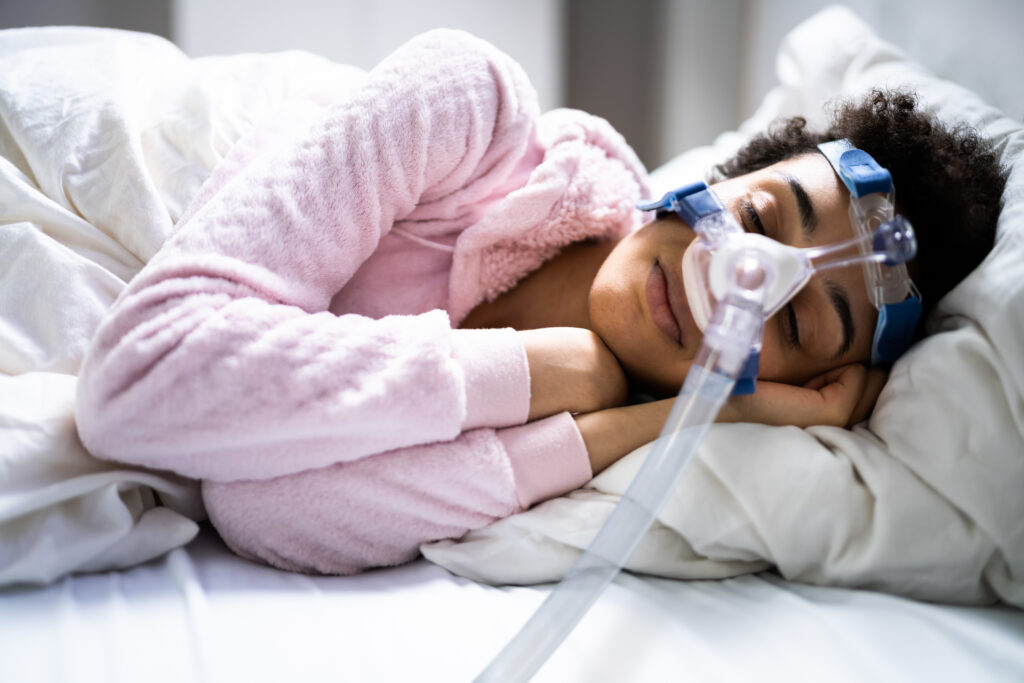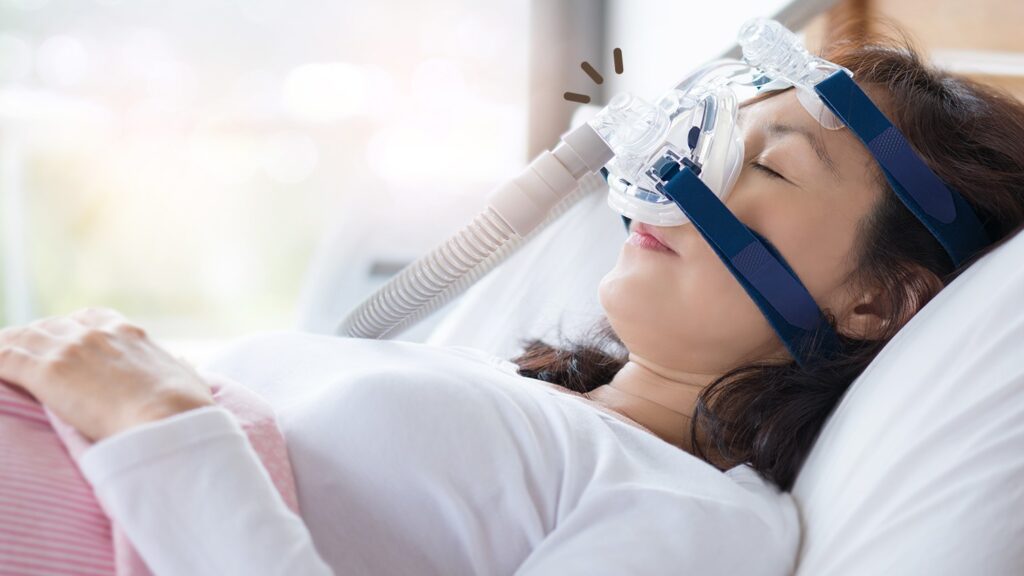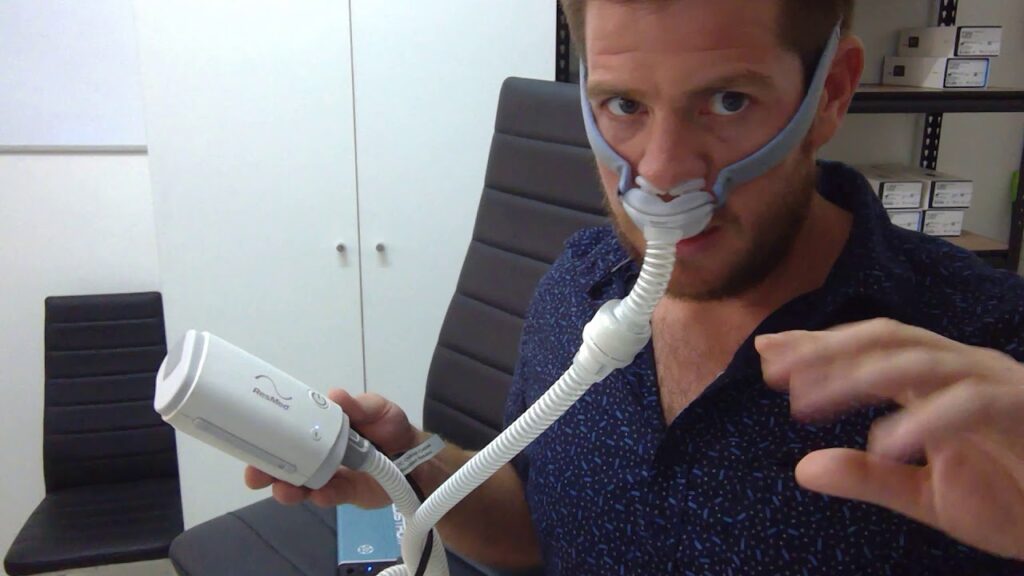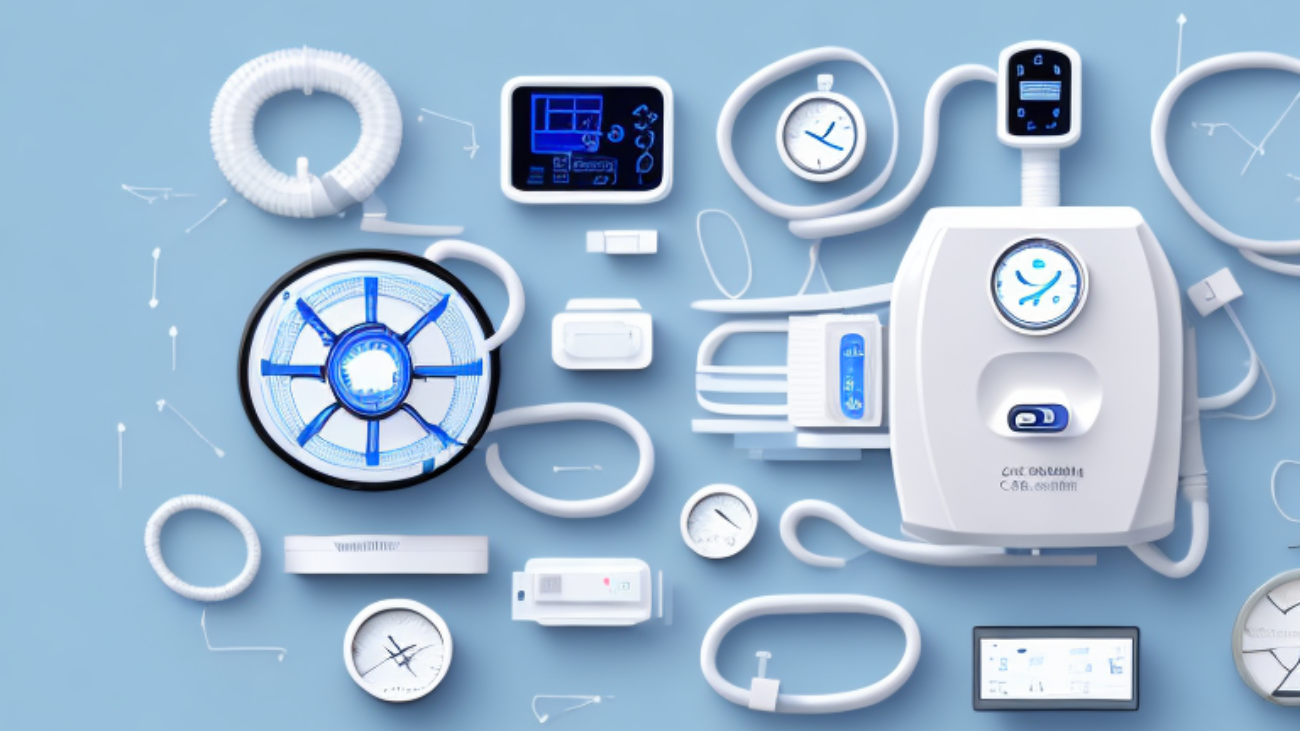Sleep apnea is a widespread condition that affects millions of people worldwide. For individuals diagnosed with this disorder, CPAP (Continuous Positive Airway Pressure) machines have become an essential tool in managing their symptoms and improving their quality of life. These devices work by delivering a continuous stream of air through a mask to keep the airway open during sleep. In this comprehensive review, we’ll take a closer look at CPAP machines, how they work, and the top models of 2025 that can help those struggling with sleep apnea.
What is Sleep Apnea and How CPAP Machines Help
Sleep apnea is a condition characterized by interruptions in breathing while sleeping. These interruptions can last for a few seconds to minutes, often occurring multiple times throughout the night. The most common types of sleep apnea include:
- Obstructive Sleep Apnea (OSA): This type occurs when the muscles at the back of the throat relax too much, causing a temporary blockage in the airway.
- Central Sleep Apnea: This happens when the brain fails to send the proper signals to the muscles that control breathing.
- Complex Sleep Apnea: A combination of obstructive and central sleep apnea.
CPAP machines are the most effective treatment for obstructive sleep apnea. They deliver a continuous flow of air to the upper airway, which prevents it from collapsing and helps the individual breathe normally throughout the night. By ensuring that the airway remains open, CPAP machines eliminate the disruptive breathing pauses caused by sleep apnea, leading to a more restful and uninterrupted sleep cycle.
Types of CPAP Machines
There are several types of CPAP machines available, each designed to cater to different needs. Here’s a breakdown of the most popular ones:
See more: Is a Sleep Apnea Test Bulk Billed? What Australians Should Know
- Standard CPAP (Continuous Positive Airway Pressure):
- Delivers a continuous stream of air at a constant pressure.
- Benefits: Simple to use and highly effective for many users with obstructive sleep apnea.
- Limitations: Fixed pressure might not accommodate fluctuations in breathing patterns during sleep.
- Auto-CPAP (Auto Adjusting CPAP):
- Automatically adjusts the pressure based on detected changes in your breathing throughout the night.
- Benefits: Offers personalized treatment by adjusting to your needs, providing optimal comfort.
- Limitations: More expensive than standard CPAP machines.
- BiPAP (Bilevel Positive Airway Pressure):
- Provides two levels of air pressure—one for inhalation and a lower one for exhalation.
- Benefits: Ideal for individuals with complex sleep apnea or those who find it difficult to exhale against continuous air pressure.
- Limitations: Usually more expensive and complex to use than standard CPAP machines.
How to Choose the Right CPAP Machine
Choosing the right CPAP machine depends on various factors that suit your specific needs. Consider the following tips when selecting the best CPAP machine for you:
- Comfort: Look for machines that offer customizable features like ramp functions (gradually increasing air pressure), heated humidifiers, and adjustable mask fittings to enhance comfort.
- Noise Level: If you or your partner are sensitive to noise, look for a quieter CPAP model. Many newer machines come with noise-reducing features to ensure a peaceful sleep environment.
- Portability: For frequent travelers, portability is key. Choose a lightweight, compact model that can easily fit in a carry-on bag or backpack.
- Price: CPAP machines vary widely in price. Standard CPAP machines are generally more affordable, while Auto-CPAP and BiPAP models come at a premium due to their added features.
Consulting with your healthcare provider can help ensure that you choose a CPAP machine that meets your specific sleep needs and lifestyle.
CPAP Machine Setup and Usage
Setting up and using your CPAP machine correctly is essential for achieving the best results. Here’s how to get started:
- Unbox and Assemble: Start by connecting the CPAP machine to the power source and attaching the tubing to the mask and the machine. Some models come with a built-in humidifier for added comfort, which should be connected accordingly.
- Adjust the Pressure: For a standard CPAP machine, your doctor will set the pressure based on your needs. If you have an Auto-CPAP, the machine will automatically adjust the pressure based on your breathing patterns.
- Fit the Mask: Choose the right mask for your comfort—whether it’s a nasal pillow mask, nasal mask, or full-face mask. Ensure the mask fits snugly to avoid air leaks.
- Use Every Night: To get the most benefit from your CPAP machine, use it every night, even for naps. Consistent use will help improve your sleep quality and overall health.
Troubleshooting Tips:
- Air Leaks: If you experience air leaks, check the mask for any damage or improper fit. Adjust the straps for a better seal.
- Dry Mouth: A heated humidifier can help alleviate dryness. Alternatively, use a full-face mask to prevent mouth breathing.
- Noise Issues: If the machine is too noisy, check for any obstructions or issues with the filter, or place the machine on a stable surface to reduce vibration.
CPAP Machine Accessories and Maintenance
To keep your CPAP machine in optimal condition, regular maintenance is key. Here’s a list of essential accessories and maintenance tips:

- Masks: Clean your mask every day with warm, soapy water to prevent bacteria buildup. Replace your mask every 6 to 12 months to maintain its performance.
- Tubing: Clean the tubing weekly and replace it every 6 to 12 months to avoid mold and bacteria buildup.
- Filters: Change the air filter every month to ensure clean air is being delivered through the machine.
- Humidifiers: If your CPAP machine includes a humidifier, clean the water chamber weekly to avoid the growth of bacteria and mold.
Benefits of Using a CPAP Machine
Using a CPAP machine can provide significant health benefits, including:
- Improved Sleep Quality: By eliminating apnea events, CPAP therapy allows for deeper, more restful sleep.
- Reduced Health Risks: CPAP machines help reduce the risk of heart disease, high blood pressure, stroke, and other sleep apnea-related complications.
- Increased Energy: Better sleep leads to more energy during the day, improving focus, mood, and overall well-being.
- Snoring Reduction: CPAP therapy can significantly reduce or eliminate snoring, leading to better sleep for both you and your partner.
Common CPAP Machine Problems and How to Solve Them
Despite their benefits, users may encounter common problems with CPAP machines. Here are a few and how to address them:
- Air Leaks: Ensure the mask fits correctly, and check for damage in the tubing or mask.
- Dry Mouth: Use a humidifier or opt for a full-face mask to prevent dry mouth.
- Discomfort: Experiment with different mask types for a better fit, and consider using a cushion or liner for extra comfort.
Cost of CPAP Machines and Insurance Coverage
CPAP machines can vary in price, depending on the model and features:
- Standard CPAP Machines: Typically range from $200 to $800.
- Auto-CPAP Machines: Usually cost between $500 and $1,500.
- BiPAP Machines: Can cost upwards of $1,000.
Insurance Coverage: Many health insurance plans cover the cost of CPAP machines, especially if they are prescribed by a doctor. Be sure to check with your insurance provider to find out what is covered and what your out-of-pocket expenses might be.
Conclusion
Choosing the right CPAP machine is essential for managing sleep apnea effectively. With a variety of options available, including standard CPAP, Auto-CPAP, and BiPAP machines, it’s important to find the device that best suits your sleep needs. Regular maintenance and proper usage are key to getting the most out of your CPAP therapy. Consult with your healthcare provider to ensure you’re selecting the right machine, and enjoy the benefits of improved sleep and better health.











